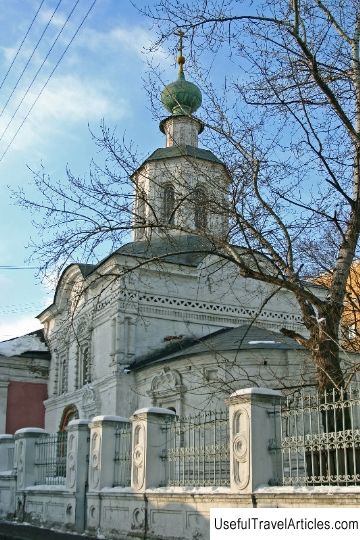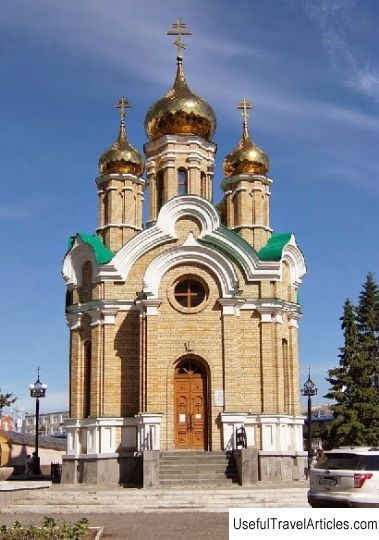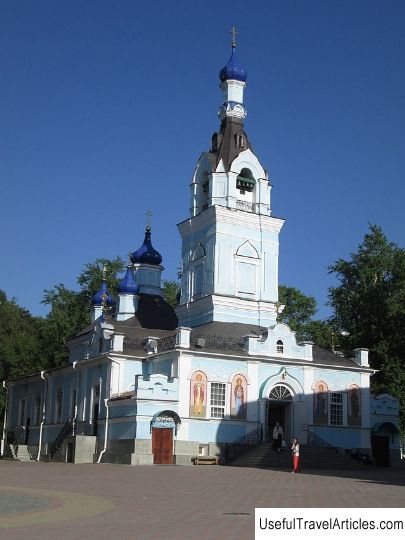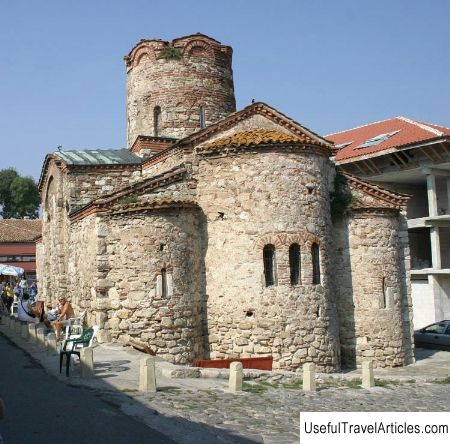Church of St. John the Baptist description and photos - Russia - North-West: Veliky Novgorod
Rating: 8,3/10 (5096 votes) 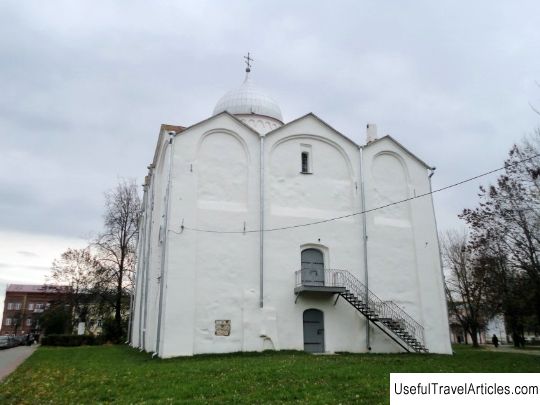
Church of St. John the Baptist description and photos - Russia - North-West: Veliky Novgorod. Detailed information about the attraction. Description, photos and a map showing the nearest significant objects. Photo and descriptionThe famous Church of John the Baptist on Opoki is located on the Yaroslav's Court in Veliky Novgorod. The church is named after John the Baptist, who was considered a prophet. It is located in the western part of the Church of St. George. The word "Opoki" in the name of the church means grayish-white clay, which was actively used in ancient times and which was discovered not far from the location of the church. According to the chronicles, the temple of St. John the Baptist was founded in 1127- 1130 by Prince Vsevolod Mstislavovich. It is known that shortly before the construction of the temple began, the son of Prince Vsevolod Ivan died. After a while, Vsevolod handed over the church to the richest Novgorod community, which belonged to merchants-waxers who traded in honey and wax. As soon as the church was transferred into their hands, it became not a place of worship, but a kind of a kind of exchange, on the territory of which all kinds of commercial transactions were carried out. In the church part, which belonged to economic life, merchant feasts-brothers were almost constantly held, organized in a pool by merchants. The Ivanovo organization of merchants, called "Ivanovskoe hundred", consisted of the richest merchants of the city of Novgorod. The famous merchants included merchants who contributed 50 hryvnia in silver. Such a contribution gave them the title of "vulgar" or hereditary, which was associated with a number of advantages. At the Church of John the Baptist on Opoki there was a merchant court headed by three elders - natives of boyars, a thousand and two merchants. The court dealt with litigation, related to commercial affairs. Control standards of measures were kept in the church, for example, "ruble hryvnia" - for weighing expensive and precious metals, "Ivarsky elbow" - for measuring the length of cloth, "waxed rock" and "honey pood", used as scales. The architecture of the temple is transitional in the history of Novgorod architecture. At the time of the construction of the church, the traditions of princely ceremonial construction, dating back to the beginning of the 12th century, were still in effect. But everything has already begun to emerge a tendency that led to some reduction in volume, as well as simplification of most architectural forms. In terms of the building, this manifested itself in the form of a six-pillar temple with three apses and a gable covering located above each semicircle of facade decoration. Facade pilasters correspond to internal articulations. Smooth walls with fairly narrow windows give the whole building a rough simplicity. The completion of the temple was formalized by one chapter, although earlier there were several more. In 1453, by order of Archbishop Euthymius II, the former temple was destroyed; a new temple was built in its place. During the construction of the new church, the foundations were used, as well as the lower parts of the walls related to the ancient structure. In addition, the main architectural appearance of the old temple was repeated in parts. Like most of the rebuilt churches under Euphemia II, the church, although it was large, was decorated with only one cupola. In 1934, the bell tower that belonged to the church was demolished. During the Great Patriotic War, the temple was severely damaged, having lost the dome, drum, roof, and received deep holes in the northern apse and in the walls. Before the onset of this tragic event in the history of the church, it stood for almost five centuries. The Church of St. John the Baptist was rebuilt during Soviet times in the mid-1950s. The newly built temple largely repeats the building of the 12th century, although it bears the features of all previous temple buildings.        We also recommend reading Nervi description and photos - Italy: Genoa Topic: Church of St. John the Baptist description and photos - Russia - North-West: Veliky Novgorod. |
